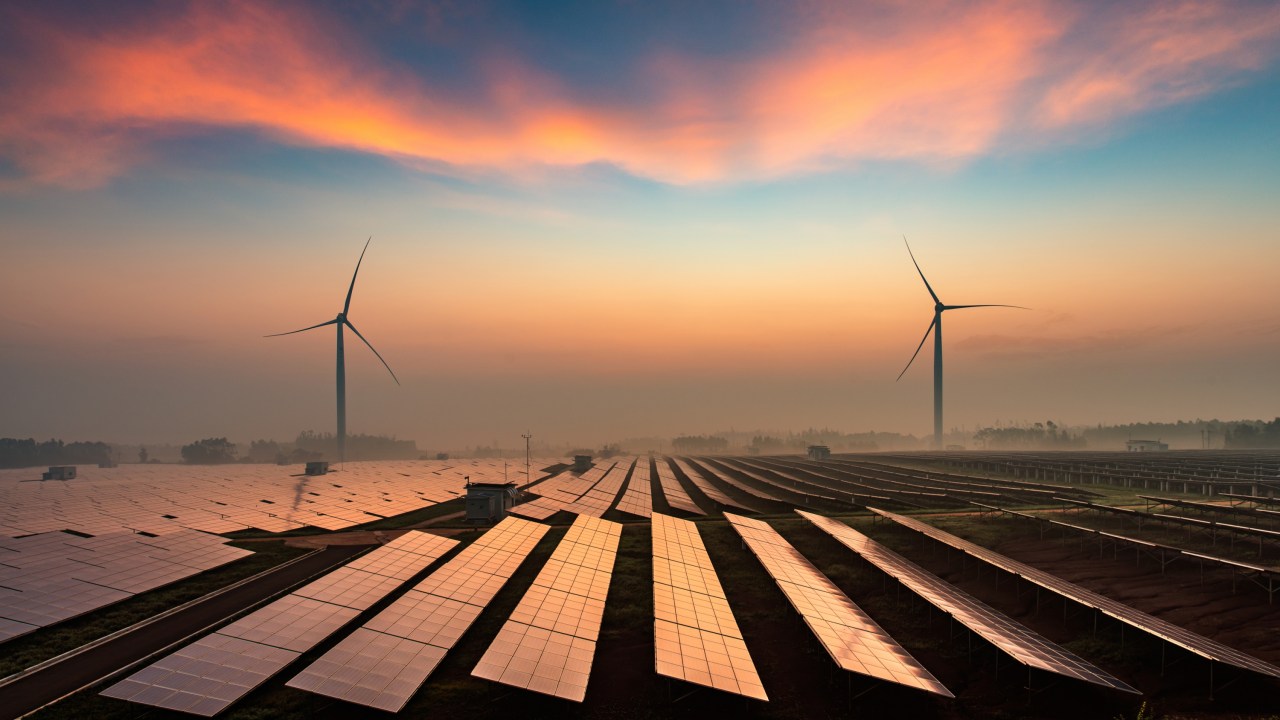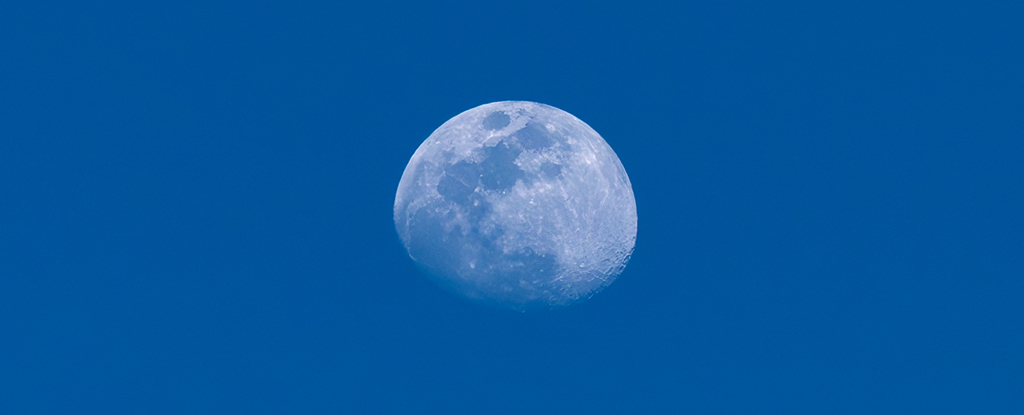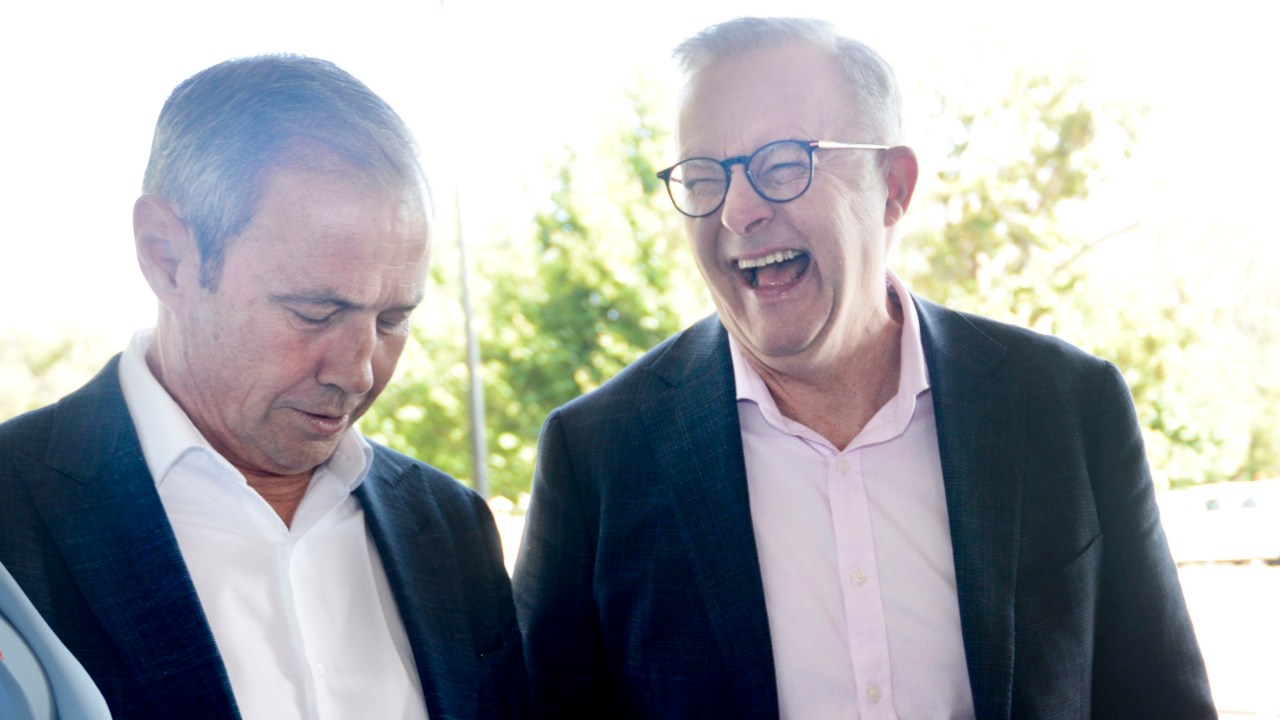Power Prices Likely to Rise Significantly as Australia Pursues Renewable Goals

Australia faces potential power price increases of up to 35 per cent over the next decade as it works towards ambitious renewable energy targets, according to Moody's report.
Power prices in Australia could rise by upwards of 35 per cent over the coming decade as the country transitions to net zero emissions by 2050, according to a new report by Moody's.
The report highlights that Labor's ambitious green energy targets have come under scrutiny, noting that the government needs to double its renewables rollout to meet its objectives.
The Albanese government aims for 82 per cent renewable electricity generation by 2030 and seeks to reduce greenhouse gas emissions by 43 per cent.
As these goals are pursued, wholesale power prices may surge between 5 and 15 per cent in the next decade, while retail prices could increase by 20 to 35 per cent.
Combining this with an assumed 2-3 per cent year-on-year inflation, power prices could potentially rise by 65 per cent.
Moody's estimates that between $150 and $190 billion of investment will be required to support the Australian Energy Market Operator's "Progressive Change" scenario, which assumes slower economic growth and green energy investment.
The AEMO's 2024 Integrated System Plan gives this scenario a 42 per cent likelihood, compared to a 43 per cent probability of Australia meeting its emissions reduction commitments in a growing economy.
The agency asserts that Australia must significantly increase its renewable rollout rate, stating, "There is a risk of slippages given that the run-rate on the renewable energy rollout will need to effectively double on recent years to reach national targets."
The report pointed out that meeting the 2030 renewables target will be "challenging" given the substantial increases required, which are more ambitious than those of most other nations.
According to the report, this 82 per cent target is ambitious by international standards, with only the UK and Brazil setting higher targets among G-20 countries.
It was also predicted that "higher power prices could induce further government support" following significant funding already provided by Labor for families facing cost-of-living issues.
The Federal Government has issued a $300 rebate to every household during the 2025 financial year, while various state governments have made their own commitments.
Queenslanders are set to receive a $1,000 rebate, residents of Western Australia have been given $400, and Tasmania has introduced a one-off $250 rebate.
Nevertheless, power prices are projected to escalate, leading to potential "increased social risks," as per Moody's.
The agency remarked, "We consider the power sector to exhibit high social risks on account of rising electricity prices," adding that social risks might also be concentrated in areas bearing more of the transition burden.
The Moody's forecast comes as AEMO recently announced that wholesale power prices surged over 80 per cent in the final quarter of 2024, compared to the same period in 2023, driven by record demand and limited coal generation.
The National Electricity Market, which encompasses eastern and southern states, recorded a maximum demand of 33,716 megawatts, with average demand up 2.4 per cent year-on-year.
Wholesale electricity prices increased by 83 per cent relative to the fourth quarter of 2023 but decreased by 26 per cent from the average of the third quarter.
At the end of last year, renewable energy constituted 46 per cent of the power mix, reflecting a 3 per cent increase from 2023.
In light of rising power prices and limited gas supply in Australia's energy mix, many leading business organisations have urged the government to enhance gas availability.
















